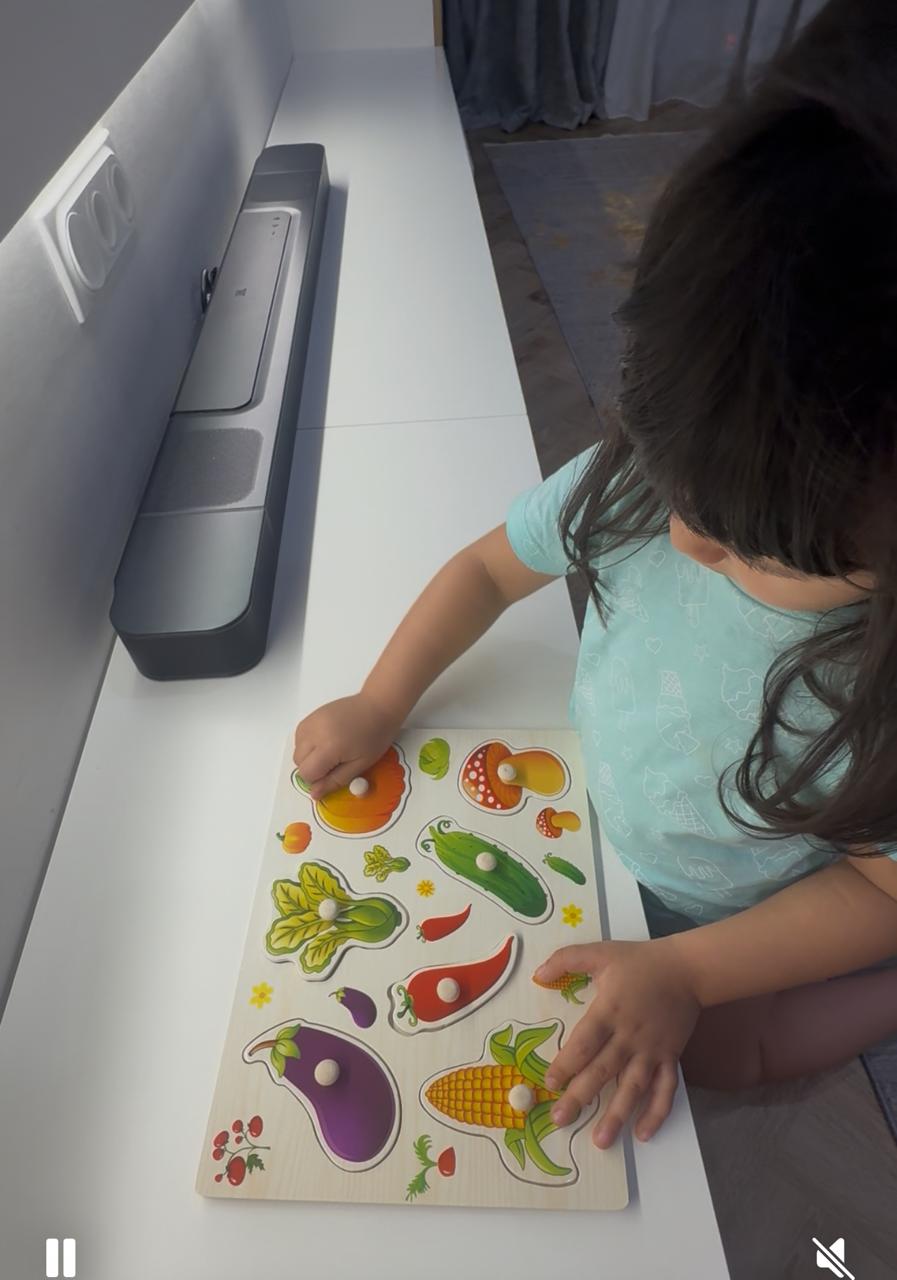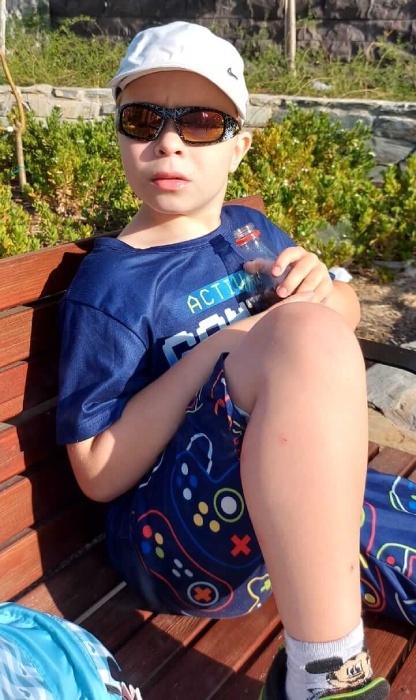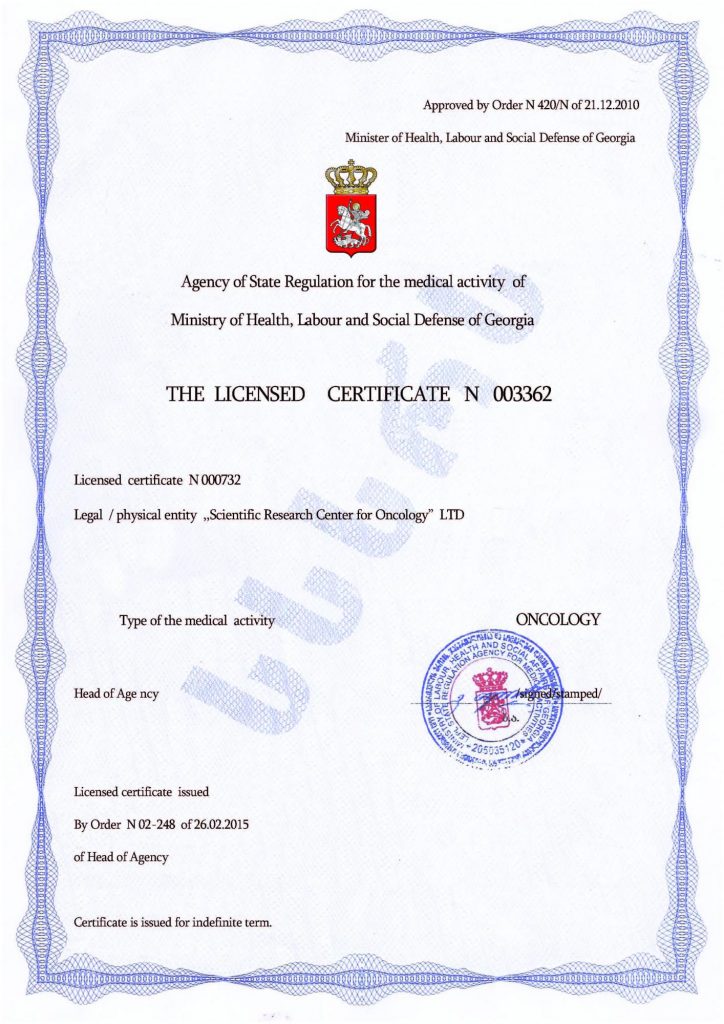How to Teach an Autistic Child to Wait?
Disruptions in the processes of psychological self-regulation lead to the fact that from infancy, an autistic child will exhibit an inability to wait and vivid emotional outbursts. Teaching a child with autism patience is a complex, multi-stage task. By applying certain approaches, good results can be achieved.
Learning to Wait: Techniques for Autistic Children
- Visual Timers: Use timers with visual indicators (such as sand timers or digital timers with a graphical time display). These tools help the child understand how long they need to wait and when the waiting will end. The conditions should be explained—when the time is up, they will be able to receive something.
- Gradual Increase of Waiting Time: Start with short waiting periods and gradually increase them. For example, if the child can wait for 1 minute, try increasing the time to 2 minutes, and so on.
- Modeling Behavior: Show how you wait patiently yourself. Discuss with the child what you are doing during the waiting process and explain why it is important.
- Games and Activities: Use games and activities that require waiting. For example, turn-taking games or games with sequential use of toys can help develop patience.
- Positive Reinforcement: Praise the child and encourage them for their patience. Small rewards or compliments can be a strong motivator.
- Give Clear and Understandable Instructions: Explain exactly what needs to be done and how long to wait. Use simple, clear language and support with visual cues.
- Creating a Routine: Establish predictable and stable routines so that the child knows that waiting is part of everyday life.
- Breaking Tasks into Steps: If there is a task or activity that requires patience, break it down into smaller steps and mark the completion of each stage.
Autism can affect the perception of social norms and complex concepts like prohibitions. This may be due to difficulties in understanding abstract ideas and social signals. Try to use clear and concrete instructions, visual cues, and repeat information to convey the message about prohibitions.
- One Request at a Time: The brain of an autistic child can handle no more than 1-2 tasks per hour. The time frame for this is individual. If you give one task after another, the child will simply not cope, no matter how hard they try, and the desired result will not be achieved.
Stem Cell Therapy for Autism: High Potential for the Development of an Autistic Child
Leading stem cell transplantation clinics in the USA, Switzerland, Thailand, and Germany have been successfully performing stem cell transplants for children diagnosed with “autism” or autism spectrum disorder for over ten years. Doctors at the Mardaleishvili Medical Center in Georgia received training in one of the leading stem cell clinics in the USA and have also been conducting stem cell transplants for many years. The cost of the procedure and additional expenses are significantly lower than in other countries. Thousands of patients at the clinic show consistent results, including stabilization of mental health, improvement in cognitive development, and normalization of sleep. The effect accumulates over the year following the procedure.
To learn more about autism therapy with stem cells, consult the specialists at the Mardaleishvili Clinic
Autism Treatment Center Videos
Autism treatment with own stem cells
Cord blood association congress
International Quality Crown
Autism Treatment Reviews
Autism treatment with own stem cells
The story of Alessandro (6 years old)
Autism Patient Testimonial - Stem Cell Treatment
Clients Testimonials

Amirkhon’s father — Tokhir Read More

Dilana’s mother Read More

Irina and Stefan – Ilya’s parents Read More

Kristina – mother of Nelly and Nik Read More

Marina and Grigory – Maxim’s parents Read More












